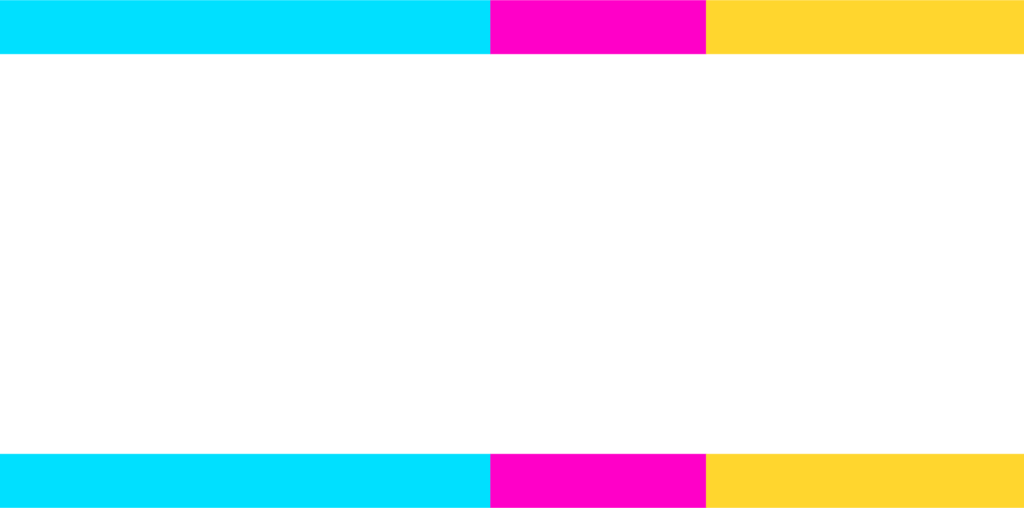Idaho Statesman Editorial: With sufficient repetition, the Statehouse mantra has graduated to governing principle. Spending money does not ensure quality of education.
But spending money on schools — or cutting K-12 budgets — brings a state’s priorities into sharp focus.
Here’s the grim Idaho snapshot. The numbers come from the Center on Budget and Policy Priorities, a Washington, D.C., think tank that focuses on “fiscal policy and public programs that affect low- and moderate-income families and individuals.”
– From 2007-08 to 2012-13, when adjusted for inflation, per-pupil spending in Idaho dropped by 19 percent. Only three states had a steeper decline.
– In terms of dollars, again adjusted for inflation, Idaho’s five-year decline comes to $1,083 per student, the third-largest dollar drop in the nation.
– Even in the past year — as the state’s fiscal picture improved to the point that legislators decided to reduce corporate and top-end personal income tax rates, while socking other money into savings — support for K-12 still eroded slightly. Inflation-adjusted spending dropped another $30 per pupil, a 0.7 percent decline.
By no means is Idaho alone. As the report points out, 35 states cut per-pupil spending over the past five years, and 26 reduced this spending from 2011-12 to 2012-13. What is troubling is the fact that, according to this report, Idaho’s cuts were among the deepest in the nation — and continued, to a lesser degree, even when the economy showed signs of improvement.
These are the kind of decisions that keep Idaho’s per-pupil spending holding firm at No. 50 in the nation.
State schools superintendent Tom Luna’s office disputes the report’s math. Spokeswoman Melissa McGrath tells StateImpact Idaho that per-pupil spending dropped nearly 12 percent from 2008 to 2011.
That isn’t much of an improvement.
Disagreeing over the numbers doesn’t change two indisputable points.
First, Idaho’s cuts have placed more pressure on local property owners, who have voted to approve levies to help make up the difference. Here, Idaho voters should pat themselves on the back. The real estate bust has been especially acute in Idaho, yet voters have still shown a real willingness to backfill local school budgets.
Second, Students Come First, the Luna K-12 overhaul, has its roots in the budget crisis. After his 2010 re-election, Luna pieced together an education plan premised on the idea that tight K-12 budgets were the new normal. The results — laws to expand online learning technology, establish teacher merit pay and rewrite the teacher collective bargaining process — will be on the statewide ballot Nov. 6.
Whether voters ratify or reject the Luna laws, one thing won’t change: Idaho’s investment in K-12 ranks among the stingiest in the nation. By any measure, the past few years have made matters worse.
When voters elect legislators in two months, they need to ask themselves a question: Do they want to do something about this, or are they, like their elected officials, comfortable bringing up the rear?
“Our View” is the editorial position of the Idaho Statesman. It is an unsigned opinion expressing the consensus of the Statesman’s editorial board.


